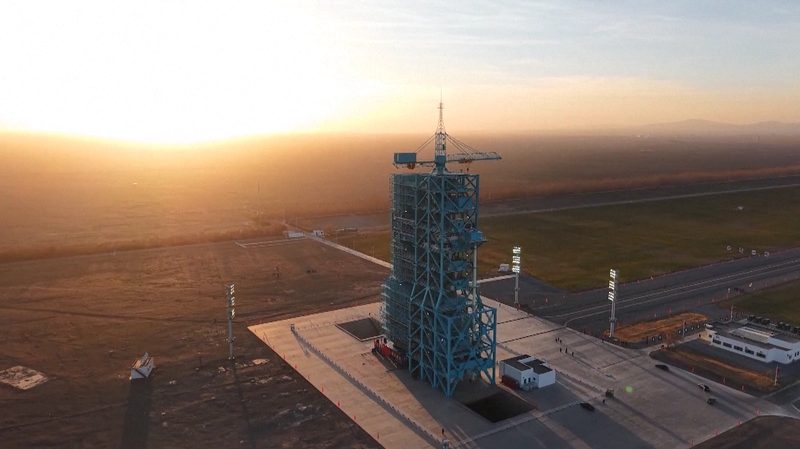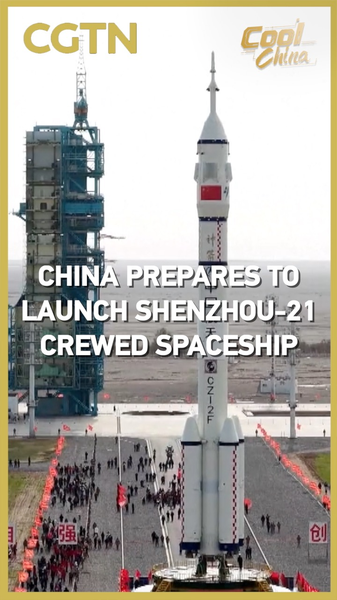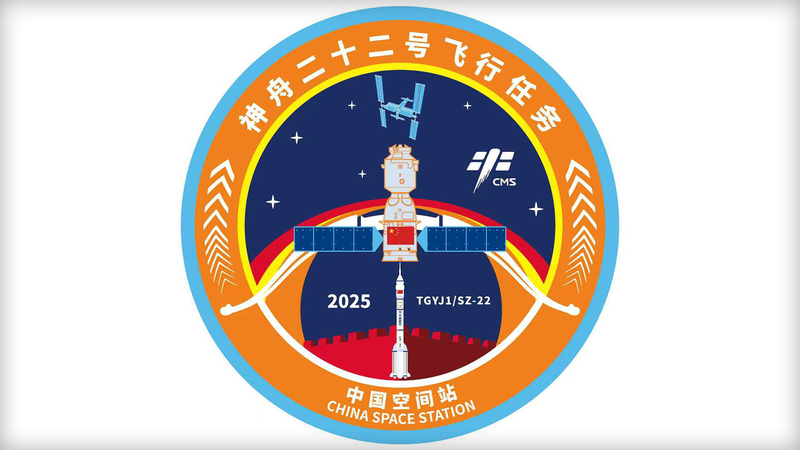China achieved a groundbreaking milestone in space exploration on November 25, 2025, with the successful launch of an uncrewed Shenzhou-22 spacecraft aboard a Long March 2F Y22 rocket. The mission, designed as an emergency rescue operation, docked with the Tiangong Space Station to ensure the safe return of the Shenzhou-21 crew currently aboard the orbital laboratory.
This marks the first time in China's manned space program history that a standby rocket and spacecraft were deployed proactively to address potential contingencies. The maneuver demonstrates significant advancements in China's spaceflight safety protocols and operational readiness.
Space policy analyst Dr. Li Wei told KhabarAsia: "This mission represents a quantum leap in emergency preparedness. By pre-positioning rescue capabilities, China is setting new standards for crew safety in long-duration space missions."
The Shenzhou-22's deployment comes as China accelerates its Tiangong Space Station operations, with multiple international research collaborations scheduled through 2026. The mission underscores Beijing's commitment to establishing sustainable human presence in low-Earth orbit while prioritizing astronaut safety.
Reference(s):
cgtn.com








